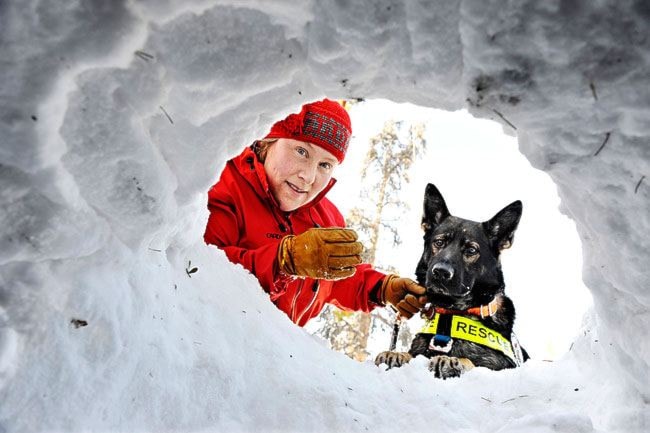High winds, warm temperatures and fresh snow are all part of the forecast for this weekend and that trifecta has weather watchdogs warning about increased avalanche risk in Yukon’s backcountry.
“Snow is forecast to be pretty steady for the next few days and we could see 30 to 40 centimetres when it’s done from Friday heading into the weekend,” said Yukon Avalanche Association spokesperson Ben Horowitz.
“It’s definitely lining up to be higher avalanche danger out there.”
A post on Avalanche Canada’s website Wednesday says the temperature jumping from -30C to above freezing over the past few days in the White Pass region makes for “prime conditions for triggering slab avalanches.”
“Persistent weak layers in the lower snowpack make conditions extra challenging and warrant conservative terrain choices,” the website says.
That kind of risk analysis is thanks to a new pilot program the Yukon Avalanche Association is part of this season.
Budget cuts mean the professional field team won’t be able to go out to test the snow’s condition as much as it has in the past.
Instead, the association has been training skiers, snowboarders and snowmobilers to evaluate conditions and report what they find online.
The territory is now part of Avalanche Canada’s Mountain Information Network (MIN). The phone app and website allow users to input information about the kind of conditions they are seeing when they spend time outdoors.
When enough information has been collected Avalanche Canada posts a “hot zone” report.
There are no more official danger ratings, but the reports provide users with information on conditions they should be aware of.
The association has been running training sessions since December, including ones in Whitehorse and Skagway, to teach people what to look for and how to input data into the new network.
“It’s about rallying the community of skiers and snowboarders and sledders to be creating these MIN posts that drive the hot zone report,” Horowitz said.
A few weeks ago the association had training in the White Pass where 40 people learned best practices for creating reports.
“The number of people who have come out to these trainings and the number of MIN reports that are going up is proportionally incredible compared to some other locations (taking part in the pilot program),” he said. “Things are going well.”
Hot zone reports are only created when enough data has been submitted by the public.
If the association thinks there’s a potential avalanche risk, and the public hasn’t provided enough to create a report, the field team can still be sent out.
The current hot zone report expires on Saturday but Horowitz believes, thanks to the nice weather, there will be enough people collecting data to put a new one up right away.
Though reports done by the field team do have the benefit of a professional stamp of approval, Horowitz said there are also benefits to getting more people involved in the process.
“A single field team, in a region like the White Pass, in a place like the Yukon, it’s kind of Mission Impossible.”
More people, he said, mean more information.
Right now Avalanche Canada is recommending that people who want to spend their time in the backcountry send only one person at a time into avalanche terrain and group up only in safe locations well away from avalanche runout zones.
Information about avalanche conditions and the Mountain Information Network can be found on the Avalanche Canada website, www.avalanche.ca.
Anyone interested in the Yukon Avalanche Association’s next training session for collecting data can check out the association’s Facebook page.
Contact Ashley Joannou at ashleyj@yukon-news.com
